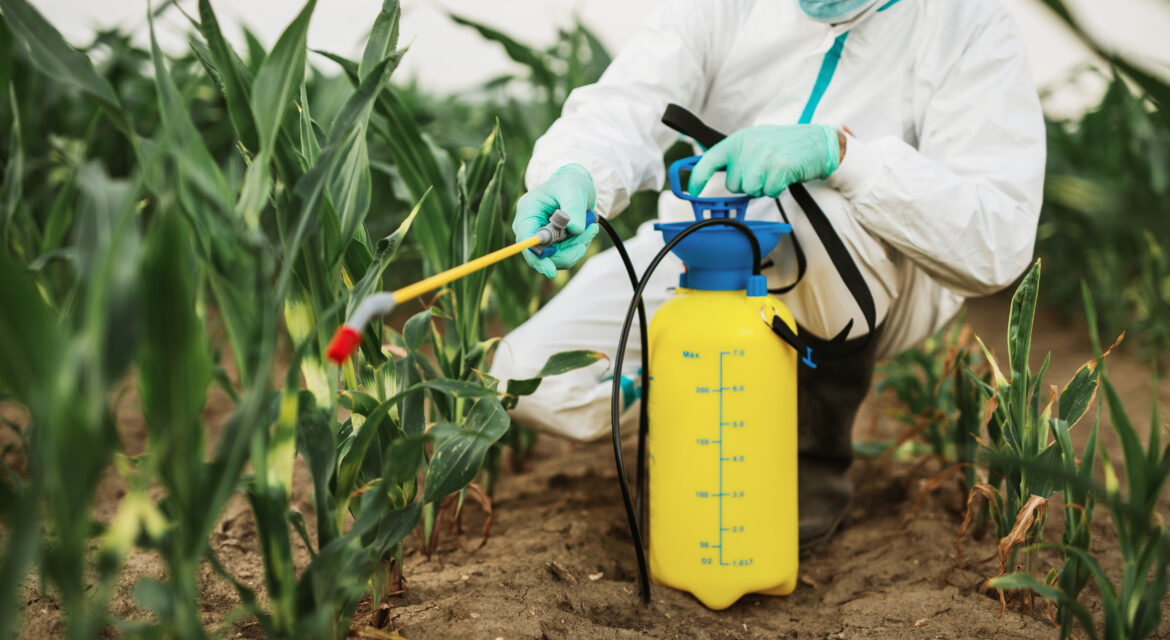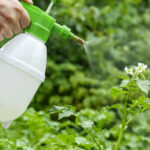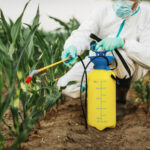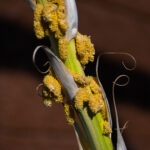No products in the cart.
 07 July 2025
07 July 2025Integrated Pest Management: The Future of Farming
As the world’s population increases and climate change gets its way, agriculture has been adapting to deliver a consistent amount of food. Farmers are getting their hands on smarter ways of protecting their crops. Integrated pest management (IPM) is one of the smartest ways of battling pests without harming the environment too much. This comprehensive report provides information on what IPM is, what it does, its benefits, use, and how it is creating a future for sustainable pest control for farmers, agro-industries, and the world.
What Is Integrated Pest Management?
Integrated pest management information is key in deciding the role it plays in present-day farming. In contrast to more traditional methods of controlling pests, overly reliant on chemical intervention, IPM is a holistic philosophy of decision-making predicated on prevention of pest loss without intruding into ecological balance. It’s anticipatory prevention, targeted control, and watchful observation.
Important Principles of Integrated Pest Management
IPM follows basic principles that harmonize observing, science, and selective interference. From correct identification of the pest to economic threshold, and from the application of biological, cultural, and chemical means of control, the principles lead farmers to act where the necessity is, making integrated pest management possible and sustainable.
IPM Advantages for Farmers and Environment
Use of integrated pest management has long-term benefits compared to pest control. IPM advantages are it reduces production costs, improves food safety, enhances crop yield and protects the environment. By selecting IPM, farmers contribute to resilient ecosystems and long-term agricultural sustainability.
Environmental & Ecological Gains
IPM protects biodiversity through reduction of pesticide overuse. It preserves beneficial insects, keeps soils healthy, and never contaminates water. This green pest management is not countering global nature conservation.
Economic and Crop Quality Improvements
With smarter inputs and less chemicals, IPM reduces the cost of inputs, and at the same time improves the health of the crops. Not only is it cheaper for the farmer, it also gives better-quality crops produce, additional market value, and export value.
Public Health and Resistance Management
By reducing exposure to poisonous pesticides, IPM shields farmworkers and consumers. It slows the development of pest resistance, a significant agricultural problem, by changing control tactics and averting reliance on a sole tactic.
Putting Integrated Pest Management into Action in the Field
Integrated pest management practice involves planning, monitoring, and adjustment. IPM is the same plan everywhere, shaped to crop type, location, and pest species. It’s based on making the right choice of combination of controls at the right time.
Cultural and Preventive Practices
Prevention is the key to IPM. Crop rotation, resistant variety usage, timely planting, and maintenance of fields in cleanliness are measures that reduce farmers’ pest risks. These measures accelerate the pests’ life cycle prior to damaging anything.
Biological Controls
Natural environments are provided with lovely pest management buddies, predators, parasitoids, and microorganisms. Stimulation or triggering them allow farmers to manage pests in a manner that is friendly to the environment without using man-made pesticides and thus make ecologically friendly pest management economically viable and harmless to the environment.
Mechanical and Physical Tactics
Traps, removing by hands, tilling, and barriers manage some of the pests. They are of vital significance in organic farming and small holdings where chemical application is minimal.
Chemical Controls—When Needed
IPM does not eliminate the use of pesticides; it uses them wisely. Wherever pest populations exceed thresholds, selective low-toxicity pesticides are used with restraint, preventing collateral damage to beneficial organisms and the environment.
Emerging Trends & Innovations in IPM
As technology gets advanced, integrated pest management also does advance. New digital technologies are increasingly enabling precision in pest detection, decision-making, and treatment application. These trends render IPM competitive, effective, and scalable to suit farm sizes of any magnitude.
IoT & Digital Monitoring
Internet of Things (IoT) devices—like smart traps, weather stations, and soil sensors—allow real-time pest monitoring. This data helps farmers act faster and only when necessary, further reducing pesticide dependence.
AI and Explainable IPM
AI-powered models are now capable of predicting pest outbreaks based on crop, weather, and regional patterns. These tools support smarter decision-making and enhance the credibility of IPM strategies by explaining why a certain action is needed.
Real-World Examples of Integrated Pest Management
Case studies from around the world showcase the effectiveness of integrated pest management in real farming environments. These examples prove that IPM is not just a concept it’s a proven practice with measurable results.
Push-Pull Technology in Africa
This innovative method uses repellent crops to “push” pests away and attractant crops to “pull” them into trap zones. Widely adopted in African maize farms, this technique reduces pesticide use and boosts yields.
Arbuda Agrochemicals’ IPM Solutions
Indian company Arbuda Agrochemicals successfully integrates IPM into its product strategy. Their approach combines chemical and non-chemical tools to help farmers manage pests without over-reliance on toxic inputs—demonstrating IPM’s scalability in commercial agriculture.
Challenges and Future Opportunities
While integrated pest management offers numerous benefits, adoption isn’t without its challenges. From initial investment to training needs, several factors can slow down widespread implementation. However, government support, tech innovation, and market demand present powerful opportunities for IPM growth.
Adoption Barriers
Lack of awareness, access to IPM resources, and perceived complexity can deter adoption. Smallholders, in particular, may find it difficult to transition without technical or financial support.
Policy & Research Needs
Encouraging IPM adoption requires supportive policy, subsidies, and investment in agricultural research. Governments and global bodies like FAO and the EU are already championing IPM as part of sustainable food systems.
Moving Forward with Integrated Pest Management
Transitioning to integrated pest management doesn’t have to be overwhelming. Farmers can start small, gradually adopting IPM strategies and learning what works best for their environment. With the right training and tools, every farm regardless of size can move toward sustainable pest control.
Farmer Action Points
- Begin with pest monitoring and scouting
- Incorporate crop rotation and resistant varieties
- Introduce natural predators and biopesticides
- Use digital tools for data-driven decisions
- Evaluate results and refine strategies each season
Conclusion: Embracing IPM’s Potential
Integrated pest management is not just the future it’s the present solution for sustainable, productive, and responsible farming. As climate change and resistance challenges grow, the IPM benefits of cost savings, environmental protection, and crop health make it a non-negotiable practice. By embracing IPM, farmers can secure long-term agricultural success and contribute meaningfully to a greener planet.
[xs_social_share]



